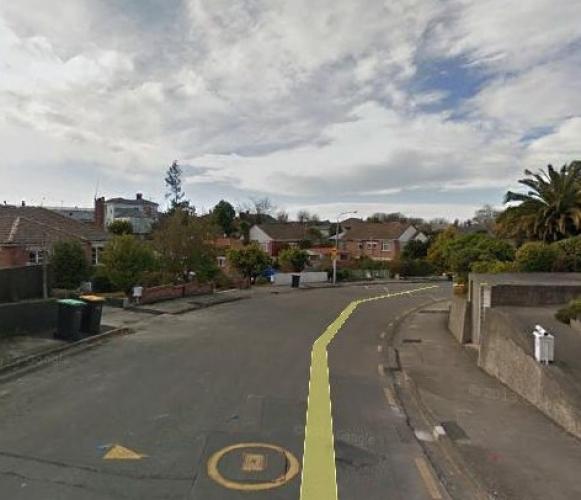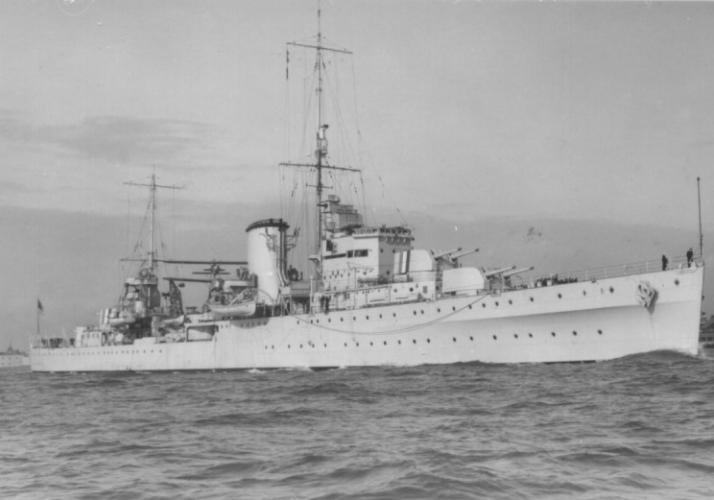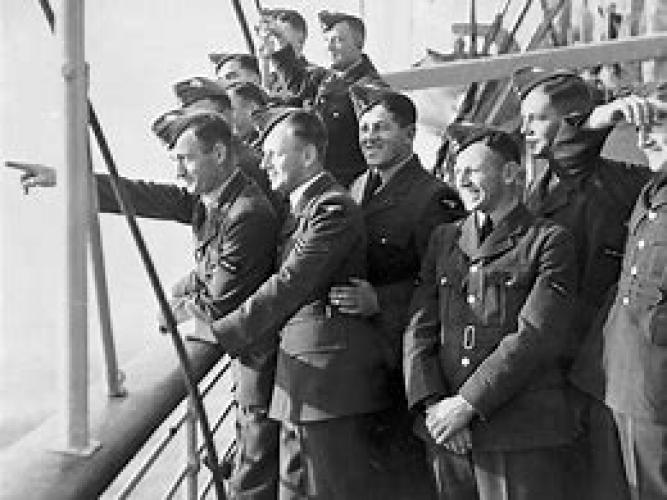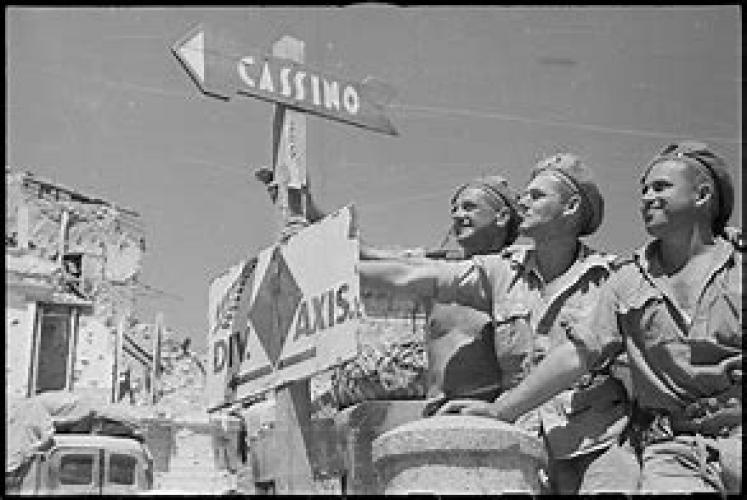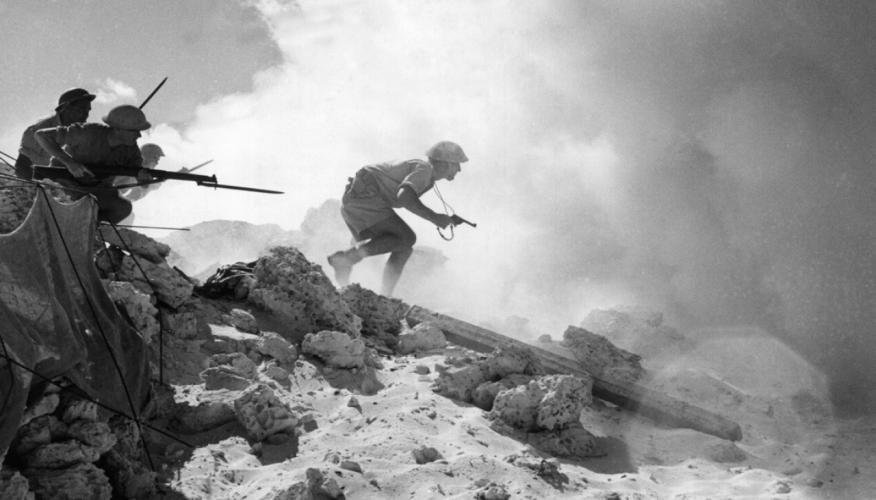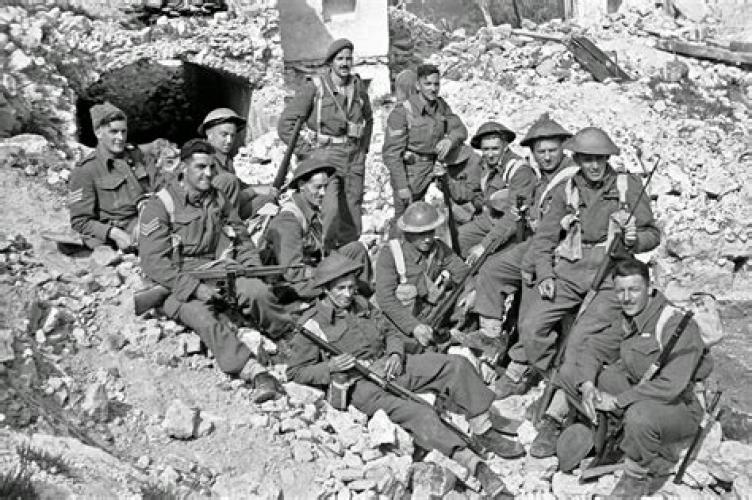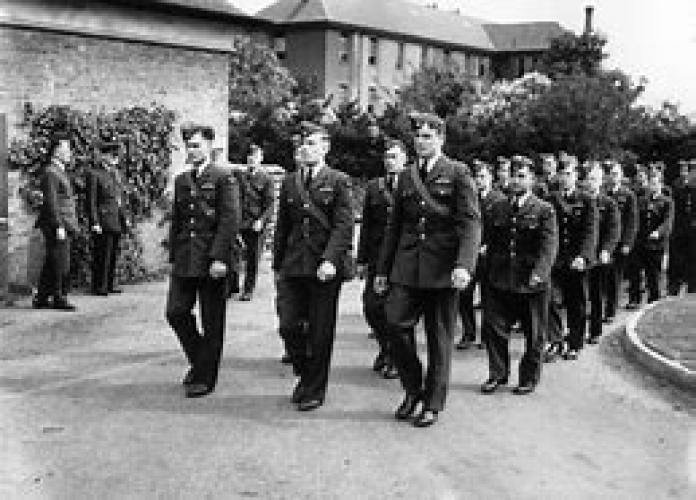006 Kiwi Drive Timaru, street scene 2017
Reason for the name
Kiwi Drive in Timaru according to the publication ‘Streets of Timaru", was named in 1945 to honour the men and women who served in World War II. Names of individuals were suggested for the drive, such as Winston Churchill and former councilors, but in keeping with the council’s policy at the time of avoiding the use of individual’s names Kiwi was chosen.
Our part in a global conflict The Second World War was the greatest conflict ever to engulf the world. It took the lives of 50 million people, including one in every 150 New Zealanders, and shaped the world that we have lived in ever since.
New Zealand was involved for all but three of the 2179 days of the war — a commitment on a par only with Britain and Australia. It was a war in which New Zealanders gave their greatest national effort — on land, on the sea and in the air — and a war that New Zealanders fought globally, from Egypt, Italy and Greece to Japan and the Pacific.
The impact on the home front was considerable. The nature of the Second World War not only gave impetus to New Zealanders' developing sense of identity but also greatly increased their confidence in their role in the world.
Facts and figures: The population of New Zealand in 1940 was about 1,600,000.
About 140,000 New Zealand men and women served, 104,000 in 2NZEF, the rest in the British or New Zealand naval or air forces.
Fatal casualties during the conflict numbered 11,928 (Commonwealth War Graves Commission figures). Post-war calculations indicated that New Zealand's ratio of killed per million of population (at 6684) was the highest in the Commonwealth (with Britain at 5123 and Australia, 3232).
In contrast to its entry into the First World War, New Zealand acted in its own right by formally declaring war on Germany on 3 September (unlike Australia, which held that the King's declaration, as in 1914, automatically extended to all his Dominions).
Author: The Poppy Places Trust
When Germany invaded Poland in September 1939, France and Britain declared war on Germany. New Zealand also declared war and became part of the Allies. It agreed to supply produce to Britain and provide troops.
Poland was quickly defeated. Germany attacked France in May 1940. France was defeated, and British forces retreated from Dunkirk.
New Zealanders from the army, air force and navy took part in the Battle of Britain, in which Germany was prevented from invading Britain.
Italy entered the war on Germany’s side in 1940. Their combined forces were known as the Axis.
The Soviet Union joined the Allies when Germany invaded it in 1941.
Crete. New Zealand forces took part in an unsuccessful attempt to defend the island of Crete, Greece, in 1941 when German airborne forces attacked. 691 New Zealanders died and 2,180 were taken prisoner.
North Africa. From 1941 to 1943 New Zealand was involved in the campaign against Axis forces in North Africa. Māori, serving in their own battalion, achieved great distinction in this and other campaigns.
Japan. In 1941 Japan attacked territories in Asia and the Pacific and bombed Darwin in northern Australia. A territorial force was developed in New Zealand to protect against possible Japanese attack, and civilians were directed to work in key industries. US forces were stationed in New Zealand from 1942.
Pacific war. New Zealand troops supported the US against Japan in the Solomon Islands. Japanese prisoners of war were held in a camp at Featherston.
Victory. New Zealand troops fought in Italy and took part in the main air and sea campaigns contributing to Germany’s defeat in May 1945. More than 8,000 New Zealand prisoners of war were freed when the war ended in Europe. Japan surrendered in August 1945 after atom bombs were dropped on Hiroshima and Nagasaki.
Impact. 11,625 New Zealanders died in the war. Economically, New Zealand benefited. The war also brought Māori and Pākehā together, overseas and at home. Women had also taken part – in the armed services, or working in factories or on farms.
Defence installations remained around the country, and many war memorials – mostly functional, such as halls and pools – were built.
New Zealand took an active part in the 1945 conference that set up the United Nations.

